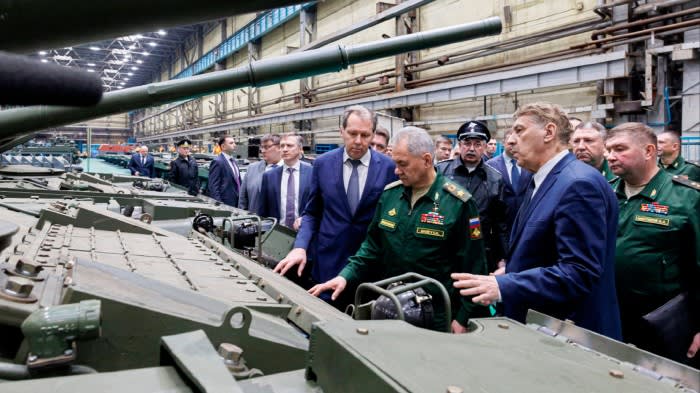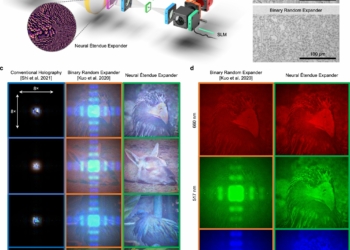Three special cranes were needed to lift the two so-called Venturi roofs onto the system. The two modules cover a roof area of 25 by 18.5 meters and weigh 46 tons. The roof structure, which is aligned with the prevailing main wind direction, ensures that the production area is ventilated in an environmentally friendly and resource-saving manner. There is no need for mechanical ventilation.

Once operational, ITM Power’s 10MW PEM (proton exchange membrane) electrolyser will produce around 1300 tonnes of green hydrogen a year which can be fully integrated into refining processes. Image credit: REFHYNE
In the past few months, following a successful trial run, the five electrolyser modules were brought from the UK to Wesseling in Germany and installed. In the electrolysers, water is separated into its components, hydrogen, and oxygen, with the help of electricity. The resulting oxygen is released into the environment.
The hydrogen is fed into the refinery network and used in the plant for the desulphurisation of products. Because the electricity used in the electrolysis comes from renewable energy, “green hydrogen” is created, one of the most important energy carriers for shaping the energy transition.

A worker checks the motor control center at the construction site of the Refhyne Project in Wesseling, near Cologne, on July 6, 2020. Image credit: REFHYNE
The European Union is supporting the pilot plant through the Fuel Cells and Hydrogen Joint Undertaking (FCH JU). In addition to Shell and ITM Power, the project partners are SINTEF, Element Energy and Sphera.
Visit the REFHYNE website to see more pictures from the construction phase.
Source: SINTEF















